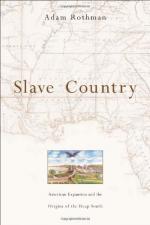|
This section contains 854 words (approx. 3 pages at 300 words per page) |

|
Elias Boudinot's Vision.
The power of the press to rally public support and advance a cause was used by a variety of Americans, not least by Native Americans and the Christian missionaries who sought to educate and convert them. Beginning in 1826 with Henry Rowe Schoolcraft's The Muzzinyegun or Literary Voyager in Sault Ste. Marie, Michigan, Native American media ranged from tribal and independent newspapers to religious and literary publications, most of which sought to civilize and educate Indian peoples. One of the most famous Native American papers was the Cherokee Phoenix,founded in 1828 in response to Georgia's efforts to take control of tribal lands. The Cherokees, whose numbers included several educated and highly assimilated leaders, used the Cherokee Phoenix to publicize the state's actions and build sympathy for their cause in the East. The Cherokee Phoenix was also used as a means to...
|
This section contains 854 words (approx. 3 pages at 300 words per page) |

|




